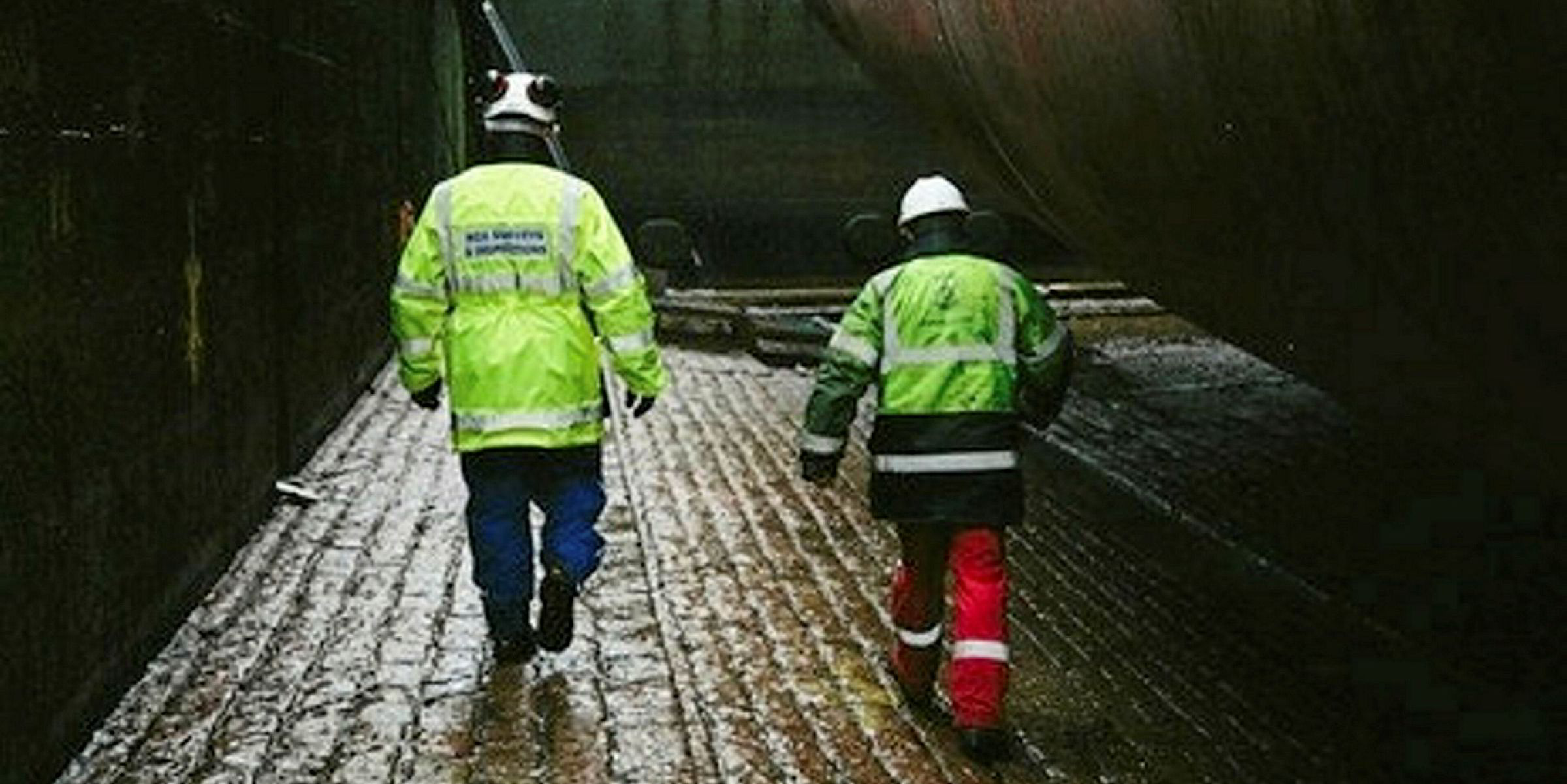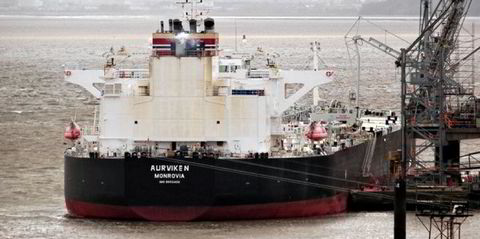The number of ships being detained by the Paris MoU on Port State Control fell for the second consecutive year in 2019.
Detentions have dropped to 2.94% of all vessels inspected by authorities in jurisdictions under the treaty organisation, which covers the waters of European coastal states and the northern Atlantic basin from North America to Europe.
That compares to 3.17% the previous year and 3.88% in 2017, according to the organisation's annual report.
The level of detainable deficiencies has decreased as well from 3,250 in 2018 to 2,995 last year.

The Paris MoU aims to eliminate the operation of substandard ships within its waters and carried out 17,908 vessel inspections in 2019, a similar level as in 2018.
But the number of vessels being refused access to the jurisdiction showed a slight increase during 2019 compared to the previous year.
Vessel bans on the up
Twenty-seven vessels were banned by the Paris MoU with orders refusing access to member nation ports in 2019, which is three more than during the previous year.
In the past three years, 76 ships have been banned for multiple detentions by the Paris MoU, which comprises 27 member states.
Six ships of these ships were banned for “failing to call at an indicated repair yard” and one ship was banned for jumping detention.
In the same three-year period, 13 ships were banned for a second time.
The flags of Comoros, the Republic of Moldova, the United Republic of Tanzania and Togo have recorded the highest number of bannings between 2017 and 2019.
Failings related to the International Safety Management (ISM) Code was the most frequently recorded infraction last year, accounting for 4.5% of all deficiencies recorded by the Paris MoU.
Inadequate fire doors and openings in fire-resisting divisions were the second most common deficiency found by port state control inspectors, making up 2.6% of all deficiencies recorded last year.
Black, white and grey list performance
"Looking at the Paris MoU white, grey and black list', the overall situation seems to be stabilising," the organisation said in a news release.
Although some flag states have moved between lists, the total amount of 41 flags on the white list in 2019 was the same as in 2018.
The grey list contained 16 flags last year, two more than in 2018.
The black list, which comprises the worst-performing vessels based on port state inspections, has shrunk slightly and vessels are seeing fewer detentions.
The list comprised 13 flags in 2019, one less than the previous year. It had a detention rate of 12% last year, which is 1.2% below the level seen in 2018.
For the grey list, however, the detention rate grew by 0.6% year-on-year and was 7% in 2019.
Tunisia is the latest addition to the black list, dropping down from being on the grey list last year, as TradeWinds reported last month.
The Republic of the Congo, last year's worst-performing flag state, and Cambodia have disappeared from black list entirely.







